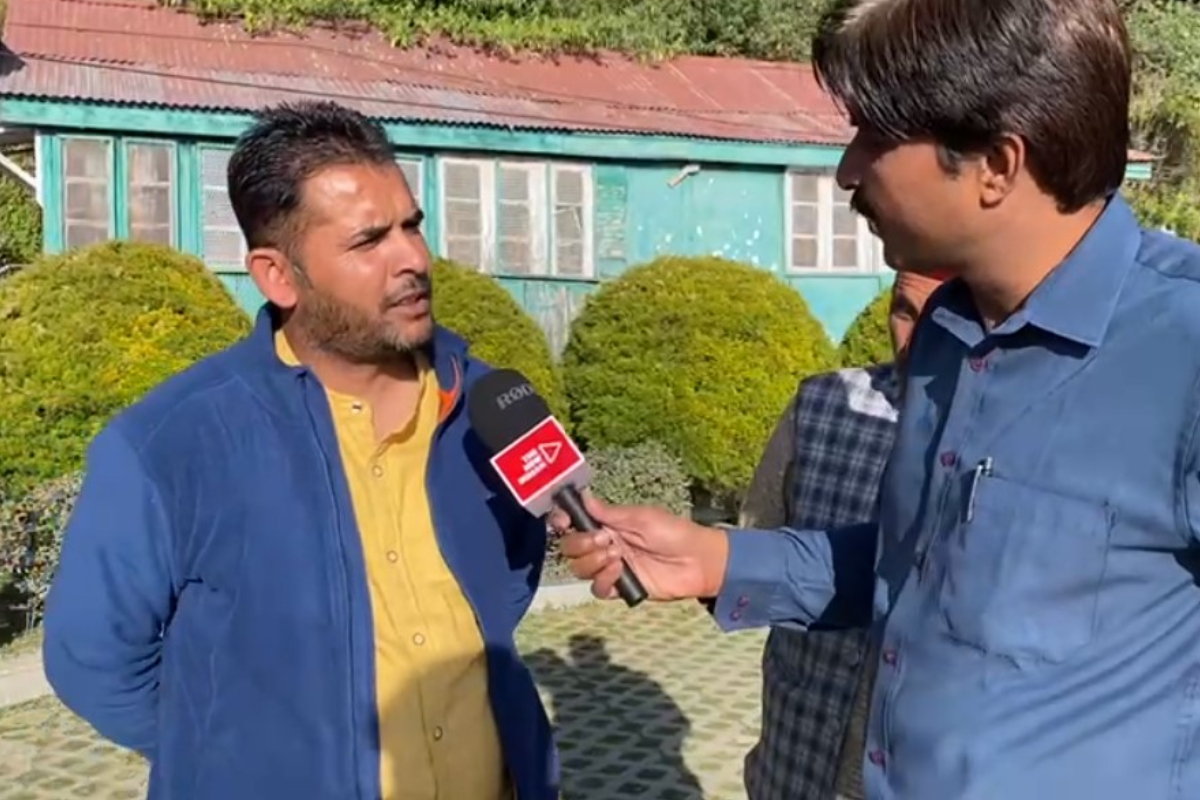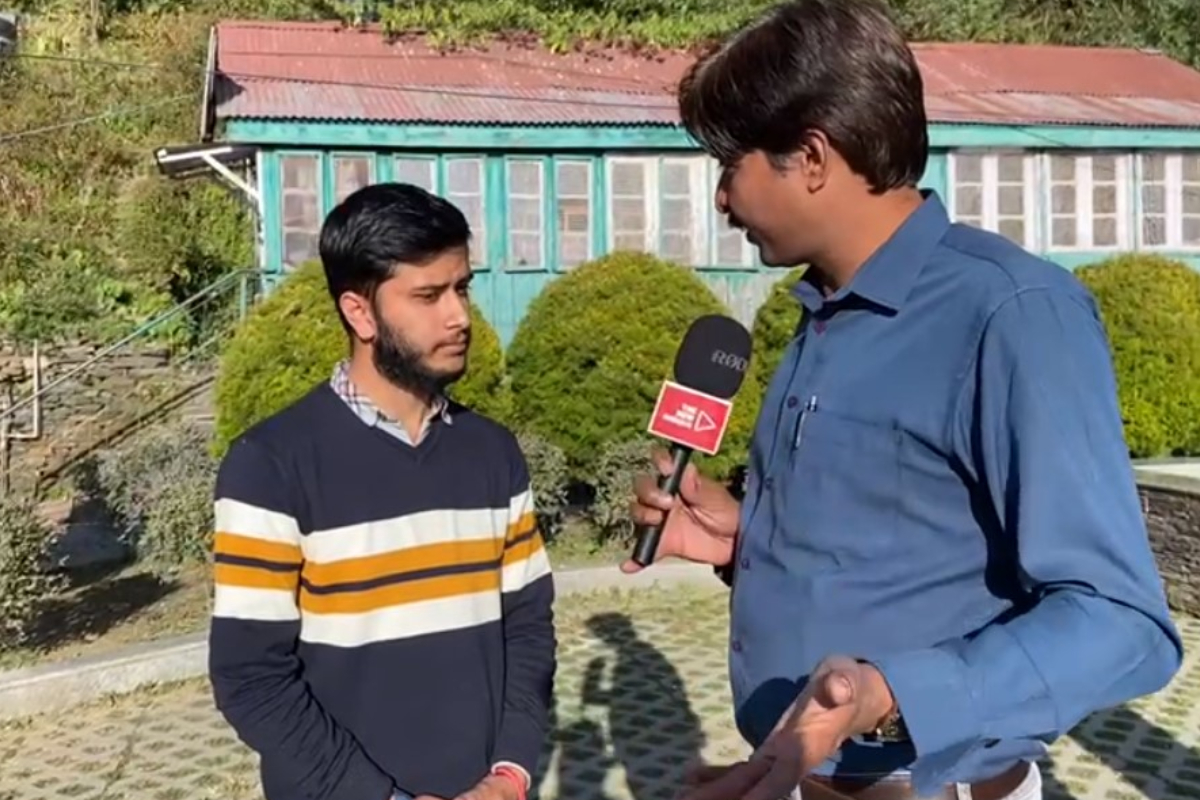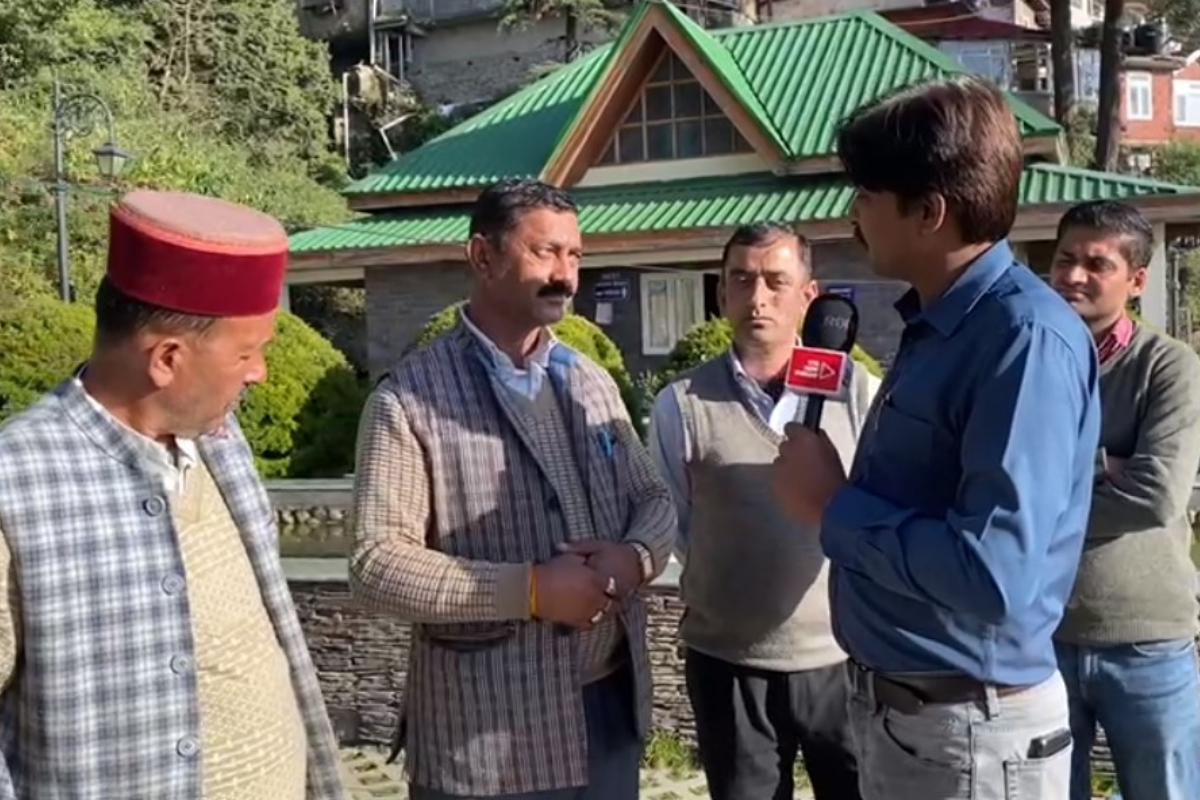The Bharatiya Janata Party (BJP)-led central government’s decision to give Scheduled Tribe (ST) status to the Hatti Community in Himachal Pradesh could swing the community votes in at least five assembly constituencies.
People from the community told The New Indian that the Union cabinet’s decision in September, just ahead of the announcement of the assembly polls in the state, could give a big boost to the ruling BJP ahead of their quest for a second successive term in the state.
On September 14, the Union cabinet, chaired by Prime minister Narendra Modi, approved a Constitution amendment bill that seeks to grant tribal status to the Hatti community living in the Trans-Giri region of Himachal Pradesh’s Sirmaur district.
After the Constitution (Scheduled Tribes) Order (Third Amendment) Bill 2022 becomes an Act, around 1.6 lakh members of the Hatti community in the Trans-Giri region will be able to derive benefits meant for STs under the existing government schemes.
According to government policy, they will also be entitled to the benefits of reservations in services and admission to educational institutions.
Vikram Negi, who comes from the Hatti community and works as a contractor in Shimla, told The New Indian, “We are in relief now as this proposal passed by the cabinet after 55 years.”
Talking about the community, Negi said that his ancestors used to bring vegetables, crops, and other items to markets, and in return, they used to bring the rations to the village. That is why they were called Hattis, as they visited the haats (markets) in different towns.
Negi said that the Hatti community comes from the Sirmaur district of the state and has around 3 to 3.5 lakh population in Sillai, Paonta Sahib, Renuka and Pachhad Assembly constituencies.
The Hatti community in the Jaunsar region of Uttrakhand had already been given tribal status.
The Hatti communities of Uttarakhand and Himachal Pradesh are separated by a river, which is the border of both states. Four of the five assembly segments of Sirmaur, comprising Renuka, Pacchad, Shillai and Paonta Sahib, will reap its benefits in the ensuing assembly elections.
Rana Singh Chauhan, who also comes from the Hatti community, said: “Earlier, we fell into the general category, and due to that, we didn’t get many benefits. But now we will get some benefits as we will fall under the ST category. And we want to thank the government for this, as they listened to us and gave this gift to us.”
Bhagwan Singh also explained how the Hatti community is governed by a traditional council called ‘khumbli’ which is identical to the ‘khaps’ of Haryana and Western Uttar Pradesh. The traditional councils decide community matters arbitrarily despite the establishment of the Panchayati Raj system.
Singh said that the fight for ST status had been going on for a long time, but the previous governments never listened to the community.
“During this BJP government, we got ST status. The decision will benefit community members in 154 panchayat segments,” Singh said. “This decision will also affect the five seats in this assembly election. We promise that we will make the BJP victorious in these seats,” he said, hinting which way the majority of the community will swing.
Another member of the community, Pratap Singh, also shared the same feelings and thanked Chief minister Jairam Thakur and local BJP leader Baldev Singh Tomar for taking up their cause.
Govind Singh Rana said, “Before this, there was Congress at the centre and the BJP government in the state. But this time it became possible as there is a BJP government in the centre as well as in the state.”

Rana also said that decision will benefit the children from the community in government jobs as well as in education. “There is hardly anyone in union civil services, but we have some people in the Himachal Pradesh Public Service Commission (HPPSC). But now, our children will be eligible for quotas in jobs and education,” Rana said.
Echoing the BJP’s election slogan of ‘Riwaz Badlenge’ (changing the tradition of not repeating government), Rana said, “We feel that the tradition will change this time.”
In 2009, the BJP, in its Lok Sabha election manifesto, promised to give ST status to the Hattis, which resulted in many members of the community siding with them.
In 2014, BJP leader Rajnath Singh also assured the same to the community in a rally in the Nahan area of Sirmaur.
In 2016, the then Congress Chief minister Virbhadra Singh moved a file to the Union Ministry of Tribal Affairs asking for tribal status to the Trans-Giri region, and Dodra Kwar in Rohru based on a study conducted by the Tribal Affairs Institute, Shimla.
The Union Ministry, however, said that the ethnographic report about the Hatti community was inadequate, and sought a full-fledged ethnographic study. In March 2022, the Jairam Thakur government sent a detailed ethnographic proposal to the Center, seeking the inclusion of the Hattis in the ST list of Himachal Pradesh.
Ritwik Thakur, who also comes from the same community, said that many people are politicising the issue now. “Instead of making it a political issue, there is a legal process too, and this process was so time-consuming,” Thakur said.

Thakur said that the Registrar General of India cleared the report sent by the Himachal government in April or May. The file was then sent to the cabinet, which passed it in September, so the legal process took time.
He also accused Congress of misleading the people and alleged that they were spreading misinformation. “Their misinformation campaign may backfire in the elections,” Thakur said.










